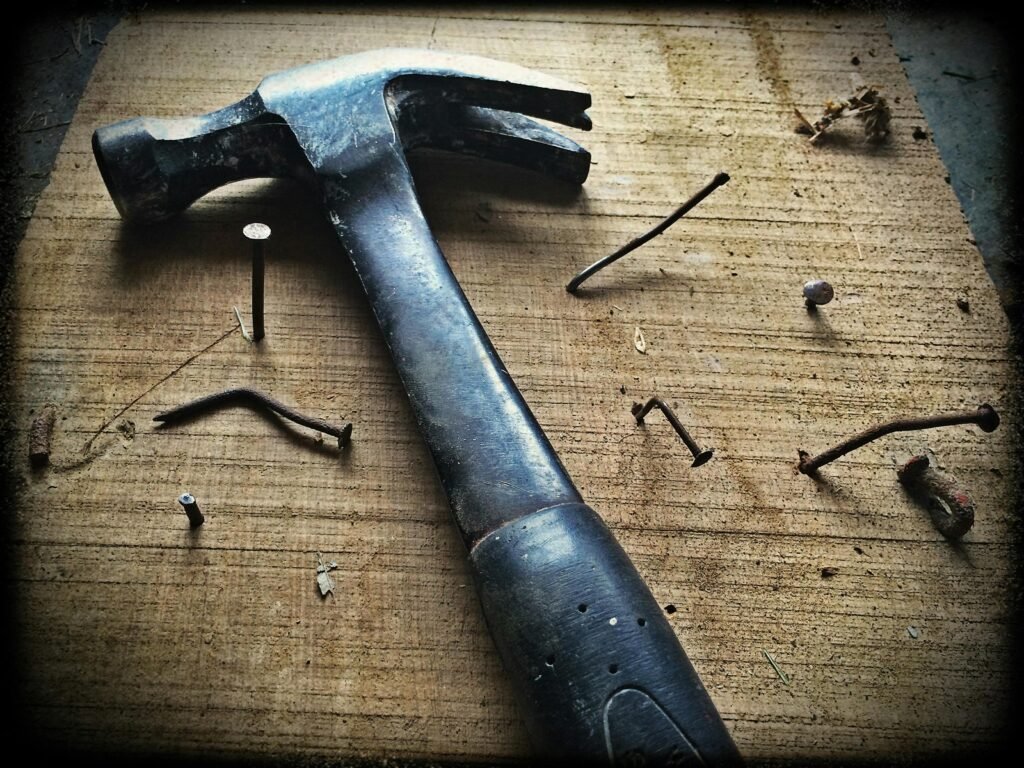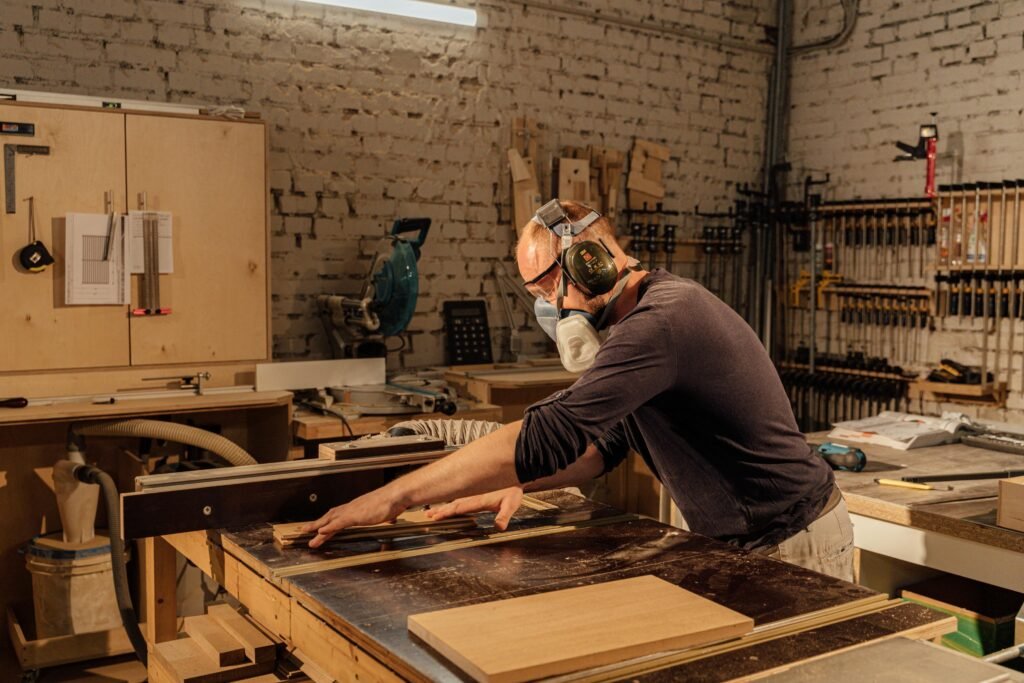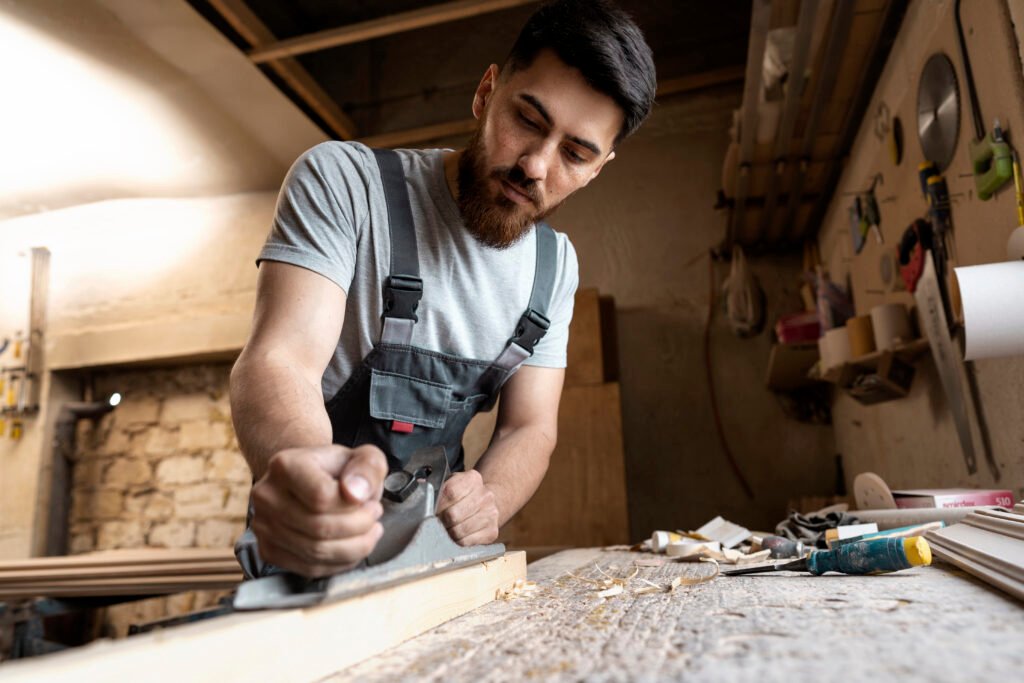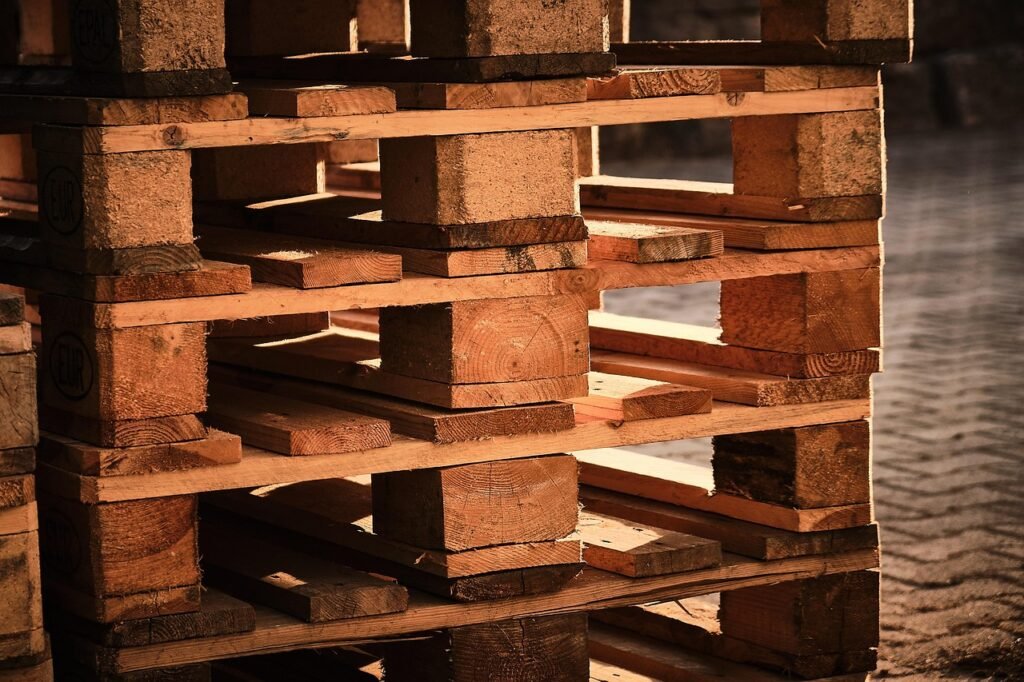Hey there, aspiring DIYer!
Ever look at a beautiful wooden shelf, a charming planter box, or a handcrafted picture frame and think, “I wish I could make that”? The world of woodworking might seem intimidating, full of complex tools and techniques, but it doesn’t have to be! Everyone starts somewhere, and there’s a wealth of simple woodworking projects for beginners that are perfect for dipping your toes in.
These aren’t just busywork; they’re carefully chosen projects designed to help you learn fundamental skills, build confidence, and create something useful and beautiful for your home or garden, often using just basic tools. If you’ve been curious about working with wood but weren’t sure where to begin, you’re in the right place!
Let’s explore some fantastic simple woodworking projects for beginners that will make you feel like a capable craftsperson in no time. Get ready to measure, cut, fasten, and create!

Why Tackle Simple Woodworking Projects?
Starting with simple woodworking projects for beginners offers a ton of benefits that go beyond just having a finished piece at the end:
- Skill Building: These projects are designed to teach you core woodworking skills like accurate measuring, making straight cuts, joining pieces, and basic finishing.
- Confidence Boost: Successfully completing a project from raw materials is incredibly empowering. Each finished piece is a tangible representation of your growing abilities.
- Create for Your Home (or Gifts!): Make functional items you actually need or want – unique decor, practical storage, or heartfelt handmade gifts.
- Save Money: Building simple items yourself can often be more cost-effective than buying them, especially when you’re using inexpensive materials.
- Relaxing and Rewarding: Working with wood can be a meditative and satisfying process, a great way to de-stress and engage your hands and mind.
- They Use Basic Tools: As the name suggests, simple woodworking projects for beginners are usually designed to be built with the most essential hand tools or entry-level power tools, keeping your initial investment low.
Starting with simple projects is the smart way to learn. You build a foundation before tackling more complex furniture or structural work.
Essential Skills You’ll Learn
Even the most simple woodworking projects for beginners will teach you fundamental skills that are the building blocks of all woodworking:
- Accurate Measuring: The old saying “measure twice, cut once” is paramount! You’ll get practice using a tape measure and marking precisely.
- Making Straight Cuts: Whether with a hand saw or a simple circular saw, learning to follow a line and make clean cuts is essential.
- Basic Joining: Projects will introduce you to methods like using wood glue, driving nails with a hammer, or drilling pilot holes and driving screws.
- Sanding and Finishing: Preparing the wood surface is key to a good-looking finished product. You’ll learn about different sandpaper grits and applying basic finishes like stain, paint, or protective polyurethanes.
- Reading Plans (or following instructions): Even simple projects often benefit from a basic plan or clear steps to follow.
Every completed simple woodworking project for beginners hones these skills, making the next one even easier!
Getting Started: What You Need
One of the best things about simple woodworking projects for beginners is that they don’t require a massive workshop.
Tools
You’ll primarily need the basic tools for carpentry we discussed previously. If you missed that guide, here’s a quick recap of the essentials for these simple projects:
- Tape Measure
- Carpenter’s Pencil & Marker
- Speed Square or Combination Square
- Hand Saw (or a basic Circular Saw if you’re comfortable)
- Claw Hammer
- Set of Screwdrivers or a Basic Cordless Drill
- Sandpaper (various grits) & Sanding Block
- Wood Glue
- Safety Glasses (ALWAYS!)
- Work Gloves (Recommended)
- Dust Mask (Especially for sanding)
That’s really it for many introductory simple woodworking projects for beginners!
Materials
For your first few projects, stick to inexpensive, easy-to-work-with woods.
- Pine: Readily available, affordable, and soft enough to cut and shape easily. Great for practice.
- Poplar: A bit harder than pine, but still relatively soft and takes paint well.
- Common Board or Project Boards: Found at any hardware store, often pre-cut to common widths, saving you some initial cutting steps.
- Plywood: Can be useful for bases or sides of boxes, but ensure you have a way to cut sheets accurately if needed.
You’ll also need fasteners like wood screws or nails, appropriate wood glue, and your chosen finish (stain, paint, clear coat).
Safety Gear
We can’t stress this enough. Always wear your safety glasses when cutting, drilling, hammering, or sanding. Use gloves to prevent splinters and a dust mask when creating sawdust.
Inspiring Simple Woodworking Projects for Beginners
Ready for some ideas? Here are some classic simple woodworking projects for beginners that are fun, educational, and result in genuinely useful items:
Project Idea 1: Wooden Coasters
- Why it’s Great for Beginners: This project is usually just about making straight cuts and sanding. You can use pre-cut wood squares or cut slices from a larger board or even a small log slice.
- Skills Practiced: Measuring, cutting (straight lines), sanding, basic finishing.
- What You’ll Need: Small pieces of wood, saw, sandpaper, optional finish (polyurethane or oil).
Project Idea 2: Simple Wooden Bookends
- Why it’s Great for Beginners: Often involves making a few L-shaped pieces and joining them securely. Good practice for accurate cuts and strong fastening.
- Skills Practiced: Measuring, cutting, joining with screws or nails and glue, sanding.
- What You’ll Need: Boards (like 1×6 or 1×8), saw, square, drill or hammer, screws or nails, wood glue, sandpaper, finish.
Project Idea 3: Basic Planter Box
- Why it’s Great for Beginners: Builds on box construction. You’ll practice cutting multiple pieces to the same length and assembling a rectangular or square form. Can be rustic and doesn’t require perfect precision.
- Skills Practiced: Measuring, repetitive cutting, assembling corners (screws/nails and glue), maybe simple butt joints.
- What You’ll Need: Boards (like 1×6), saw, drill or hammer, screws or nails, wood glue, sandpaper, exterior-grade finish or paint. Add drainage holes!
Project Idea 4: Rustic Floating Shelf
- Why it’s Great for Beginners: Focuses on creating a simple box or solid piece and learning a basic method for mounting it securely to a wall so it appears to “float.”
- Skills Practiced: Measuring, straight cuts, simple assembly (box style), understanding wall mounting techniques (finding studs!).
- What You’ll Need: Boards (like 1×8 or 1×10), saw, screws, wood glue, sandpaper, finish, appropriate mounting hardware (brackets, screws).
Project Idea 5: A Small Wooden Crate or Storage Box
- Why it’s Great for Beginners: Similar to the planter, but can be used indoors. Practice cutting multiple pieces and assembling a functional box. Can add handles or simple decorative elements.
- Skills Practiced: Measuring, cutting multiple identical pieces, assembling sides and base, fastening (nails, screws, or even staples for slats), sanding, finishing.
- What You’ll Need: Boards (like 1×4 or 1×6) or slats, saw, hammer or drill, nails or screws, wood glue, sandpaper, finish.
Project Idea 6: Simple Picture Frames
- Why it’s Great for Beginners: Introduces cutting angles (usually 45 degrees) and joining corners. A simple miter box and hand saw are perfect for this.
- Skills Practiced: Accurate angle cutting (mitering), joining corners (glue and small nails or splines), basic finishing.
- What You’ll Need: Narrow boards or molding, saw (hand saw with miter box recommended), wood glue, small nails or a brad nailer (optional), clamps (helpful!), sandpaper, finish.
Project Idea 7: A Birdhouse
- Why it’s Great for Beginners: A classic! Involves cutting various angles (often just 45 degrees for the roof peak) and assembling a small, functional structure. It doesn’t have to be perfect to work for the birds!
- Skills Practiced: Measuring, cutting different angles, basic assembly, finishing (exterior paint).
- What You’ll Need: Boards (like 1×6), saw, square, drill or hammer, screws or nails, wood glue, sandpaper, exterior paint.
These are just a few ideas to get you started. Search online for free plans for any of these simple woodworking projects for beginners – you’ll find tons of tutorials!

Tips for Success with Your First Projects
Embarking on simple woodworking projects for beginners should be fun, not frustrating. Here are a few tips:
- Read the Instructions (or Watch the Tutorial): Even simple plans have specific steps for a reason. Understand the whole process before you start cutting.
- Measure Carefully, Mark Clearly: Double-check your measurements! Use your square to make sure your cut lines are straight.
- Go Slow with Cuts: Especially with hand tools, take your time to follow your line. Let the tool do the work.
- Practice Joins: Before gluing and screwing your final pieces, do a dry fit to make sure everything aligns.
- Don’t Fear Mistakes: You will make mistakes. It’s part of the learning process. Sometimes a mistake can be fixed, other times you might need to recut a piece. It’s okay!
- Sand, Sand, Sand: Proper sanding is key to a smooth finish and makes your project look professional. Start with a lower grit (like 80 or 120) to shape, then move to a higher grit (like 150 or 220) for smoothness.
- Finishing is Important: A good finish protects the wood and enhances its beauty. Follow the product instructions carefully.
- Celebrate Your Progress: Each completed project, no matter how simple, is an achievement. Take pride in what you’ve made!
Remember, the goal is to learn and gain confidence. Simple woodworking projects for beginners are your training ground.
Taking the Next Step
Once you’ve completed a few simple woodworking projects for beginners and feel comfortable with your basic tools and skills, you might feel ready for slightly more complex challenges. This could involve:
- Projects with more intricate joints.
- Working with different types of wood.
- Learning to use additional tools (like a jigsaw for curves, or a random orbital sander for faster sanding).
- Tackling larger pieces like a basic bench or a small cabinet.
But there’s no rush! Continue building simple woodworking projects for beginners as long as you’re enjoying the process and learning.
Conclusion
Starting woodworking is an exciting journey, and diving into simple woodworking projects for beginners is the perfect way to begin. With just a few basic tools and some readily available wood, you can unlock your creativity and build practical, charming pieces for your home.
From simple coasters and bookends to planter boxes and picture frames, each project offers valuable learning experiences in measuring, cutting, joining, and finishing. Don’t be intimidated – embrace the learning process, focus on safety, and enjoy the immense satisfaction of making something with your own hands.
So, grab your basic tools, pick a project from our list (or find one online!), and start building today. You’ll be amazed at what you can create with simple woodworking projects for beginners!


